

Goosefoot is a fast-spreading weed, true, but its leaves make for great greens!
Goosefoot key facts:
Botanical name: Chenopodium
Common name: goosefoot
Family: Amaranthaceae
Type: leaf vegetable
Height: 1½ to 6 feet (0.45 to 2 m)
Planting distance: 16 feet (50 cm)
Exposure: part shade – Soil: rich and light, cool, with lots of nitrogen
Planting: mid-spring or early fall – Harvest: June to October
Goosefoot is a leaf vegetable that’s similar to spinach. Its leaves have a high protein content, vitamins A and C, and contain many different useful trace elements. You can eat them either cooked or raw: their taste is delicate and much appreciated in gourmet cooking. From a medicinal point of view, goosefoot leafage also has deworming properties.
There are many species of goosefoot, among which you’ll find:
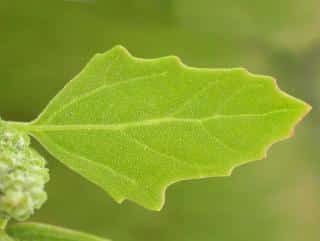 Good King Henry goosefoot, a hardy perennial that stays in place for years, and another that’s called tree spinach which is a vigorous and very ornamental annual. These are the two species most grown in vegetable patches.
Good King Henry goosefoot, a hardy perennial that stays in place for years, and another that’s called tree spinach which is a vigorous and very ornamental annual. These are the two species most grown in vegetable patches.Goosefoot has long and vigorous ribbed stems on which many pale to deep green leaves appear. Each leaf is shaped like a diamond or of course, goosefoot. They’re serrated around the edges. Young growth on the giant tree spinach are fuschia-pink when they appear.
Directly in the ground is the way to go to sow goosefoot seeds. Do so either in spring, between April and May, or in fall from September to October. Always sow when the weather isn’t prone to freezing or drought.
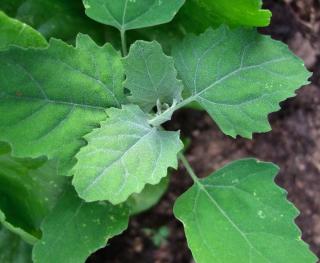
Once they’ve germinated, thin the seeds to keep only one plant every 20-24 inches (40 to 50 cm), and keep watering regularly to help the plants develop roots.
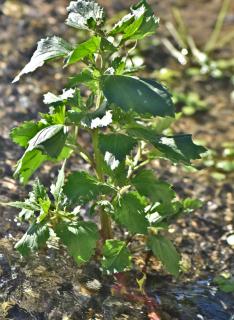
Remember to water your goosefoot abundantly during the summertime, especially when the temperature rises, so that the soil stays consistently moist. If not, your goosefoot will very quickly go to seed. To keep the soil cool, spread a layer of dead leaf mulch. This technique will reduce the time spent watering.
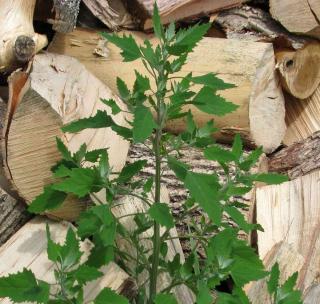 Remember to cut off flower scapes as soon as you notice them to promote leaf growth instead.
Remember to cut off flower scapes as soon as you notice them to promote leaf growth instead.>> Watch out for self-sown seeds:
Goosefoot doesn’t get any diseases. Only slugs might be a problem, since they like eating young goosefoot leaves.
Harvest your goosefoot leaves when you need them, anytime from June to October.
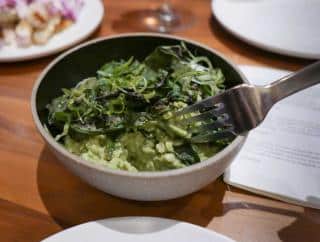
Older leaves aren’t as soft. That’s when it’s best to eat them cooked, prepared as you would spinach.
Young goosefoot stems, and also any flower stems you remove, are also edible: prepare them as if they were asparagus.